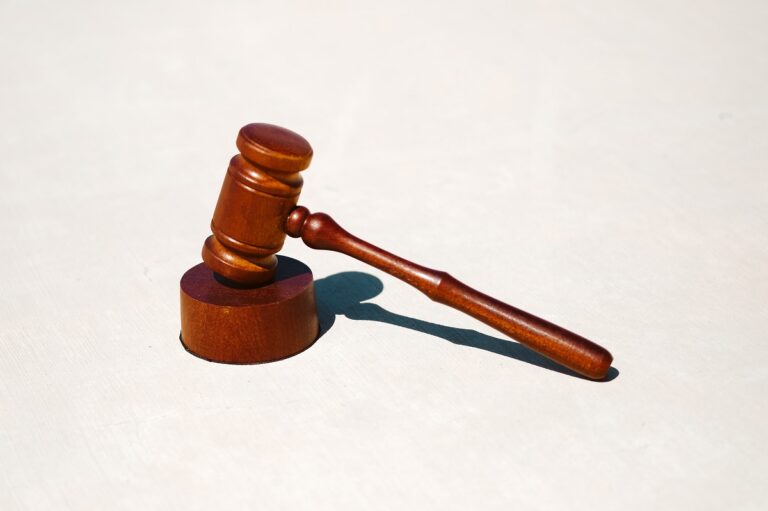How to Learn Legal Terminology: 5 Legal Terms That Every Client Should Know

| When it comes to filing a lawsuit for an injury, the language that is used in the legal process is often a crucial element of each case. During the course of your lawsuit, you may encounter legal terminology that you have not heard before. Most clients recognize legal jargon such as verdict, evidence, witness, testimony, and lawsuit. Nevertheless, there are other legal words that clients may not be accustomed to. At Live Oak Injury Law Group, we always strive to ensure the clients are completely clear about the terminology used in filing their case. If you’re wondering how to learn legal terminology, we recommend familiarizing yourself with key legal terms that may come up during your case. Here are five legal terms that every client should know: |
What is a Plaintiff? What is Discovery?

When filing a personal injury lawsuit, there are a variety of legal terms used in the process. Understanding these terms is crucial, especially if you’re wondering how to learn legal terminology. Here are five terms that you may come across.
1. Plaintiff
Plaintiff is a person, party, or group that brings a case against another in a court of law. For instance, if you were bitten by someone’s dog and sued the dog owner, you would be the plaintiff in the lawsuit.
2. Defendant
A defendant is an individual that is being sued in court. The defendant is allegedly responsible for the plaintiff’s injury. In the previous example, the defendant would be the dog owner.
3. Discovery
The purpose of discovery is to allow both parties to exchange information such as witnesses and evidence that will be presented at trial. It reduces the chance of surprises and allows each side to fully prepare for the case. All parties involved are afforded the opportunity to obtain factual knowledge of the lawsuit during this pre-trial stage. Discovery enables everyone involved fair investigation by acquiring information from the opposing party. Other variations of discovery include requests for production of documents, answers to interrogatories, admissions, and depositions.
4. Negligence
Negligence, also known as carelessness, is the failure to take proper and reasonable care resulting in harm or injury. This sort of conduct can cause damage to an individual, group, or property of another. Negligence is a legal theory that must be proved before someone can hold a person or company responsible for the harm they have suffered. The plaintiff (injured person) must illustrate four elements to show that the defendant (person at fault) failed to behave with proper level of care. The four components are duty, breach, causation, and damages which are the building blocks of nearly every personal injury case. Negligent behavior is usually action-based but it can also consist of non-reaction and omission when there is an opportunity to act.
5. Damages
Damages are what a plaintiff is seeking to recover in a lawsuit. The compensation of damages are usually monetary and plaintiffs may collect financial compensation for proven losses that resulted from the defendant’s negligence or other wrongdoing. These losses are called damages. The damages in a personal injury claim depend on the type of case, the nature of the injuries, and the laws of the jurisdiction where the incident occurred.
Knowledge is Power

While every personal injury case is different, these are common terms that are related to nearly every case and lawsuit. Having some knowledge of the terms included in this newsletter is helpful to understanding your case. This also allows the attorney to explain the process, collect all the necessary information, and decide how to act on your behalf to secure the justice you deserve.
|



